How to achieve color mixing with LED stage lights? | Insights by LQE
Color mixing is a fundamental aspect of stage lighting design, enabling the creation of dynamic and immersive visual experiences. With the advent of LED technology, lighting designers have gained enhanced control over color blending, offering a vast spectrum of hues and effects. This guide delves into key color mixing techniques, practical applications, and considerations for selecting LED stage lights.
Understanding Color Mixing Techniques in LED Stage Lighting
Additive RGB Mixing
In additive color mixing, combining red, green, and blue (RGB) light sources in varying intensities produces a wide range of colors. For instance, mixing red and green light yields yellow, while red and blue create magenta. This method is prevalent in LED fixtures, where individual RGB LEDs are adjusted to achieve desired colors.
RGBW and RGBWA+UV Mixing
To enhance color accuracy and brightness, some LED fixtures incorporate additional LEDs:
RGBW: Adding a white LED to the RGB setup allows for pure white light and pastel tones, improving brightness and color rendering.
RGBWA+UV: Including amber and ultraviolet LEDs enables the creation of deeper warm tones and fluorescent effects, beneficial for immersive concerts and themed events.
CMY Mixing
CMY (Cyan, Magenta, Yellow) mixing is a subtractive color mixing method commonly found in higher-end moving head fixtures. By combining these filters, designers can achieve a broad spectrum of colors and precise white tuning, ideal for theatrical and television productions.
Beam Layering and Pixel Mapping
Advanced techniques like beam layering and pixel mapping allow for complex color effects:
Beam Layering: Utilizing multiple fixtures to overlap beams creates depth and dynamic visuals.
Pixel Mapping: Addressable LEDs enable the creation of gradients and animations within a single fixture, enhancing visual impact.
Practical Applications and Considerations
Selecting the Right Fixtures
When choosing LED stage lights, consider the following:
Color Mixing Capabilities: Determine whether RGB, RGBW, or CMY mixing aligns with your design requirements.
Fixture Type: Decide between static wash lights, moving heads, or hybrid fixtures based on the desired effects and venue size.
Control Systems: Ensure compatibility with your existing DMX or Art-Net control systems for seamless integration.
Maintenance and Durability
Opt for fixtures with robust build quality and consider factors like IP rating for outdoor use. Regular maintenance, including cleaning and firmware updates, ensures optimal performance and longevity.
Budget Considerations
High-end fixtures with advanced color mixing capabilities, such as CMY mixing, tend to be more expensive. Assess your budget and prioritize features that offer the best value for your specific needs.
Conclusion
Mastering color mixing with LED stage lights is essential for creating captivating and dynamic performances. By understanding various mixing techniques and carefully selecting appropriate fixtures, lighting designers can achieve precise color control and enhance the visual experience for audiences.
Why Choose LQE for Your LED Stage Lighting Needs
LQE offers a comprehensive range of LED stage lighting solutions, including advanced color mixing capabilities and durable fixtures suitable for various applications. Their products are designed to meet the highest standards of quality and performance, ensuring exceptional value for your investment.
For more information on LQE's LED stage lighting products and services, visit their official website.
Sources:
Springtree Media: A Beginner's Guide to Color Mixing for Stage Lighting
StageLightGear: Color Mixing Techniques in LED Stage Lighting
Yellow River Lighting: Mastering Color Mixing Techniques with LED Moving Head Fixtures
Learn Stage Lighting: How Do You Use Colors in Stage Lighting
Illuminated Integration: Stage Lighting: How to Choose a Color Scheme
For a visual demonstration on using colors in stage lighting, you might find the following video helpful:
(https://www.youtube.com/watch?v=eIEsdZs4obc&utm_source=openai)
1000w
What Kind of Certificates You Offer?
All kinds of certificates could be offered by LQE digital moving light factory, which depends on customer’s required, different pricing plan for different approval.
Does LQE Offer Customized Stage Moving Light Solution?
An experienced R&D team can provide customized digital stage lighting OEM/ODM solution service to meet clients’ unique demands from global markets, such as customized CRI parameter, Ingress protection rating, effect, etc.
Distributor
How can I apply to become a distributor?
Simply fill out the contact form on this page or email us directly with your company information, market background, and cooperation intention. Our sales team will get in touch with you within 1–2 business days.
What is your typical lead time for distributor orders?
Our standard production lead time is 15–30 working days depending on order volume and customization requirements. For stocked models or repeat orders, we can offer shorter delivery times.
What are the advantages of becoming an LQE distributor?
Access to high-performance, patented lighting products
Competitive factory pricing and excellent profit margin potential
Strong R&D capabilities with 80+ national patents
Reliable production capacity: 100,000 units annually
Dedicated account manager to support your growth
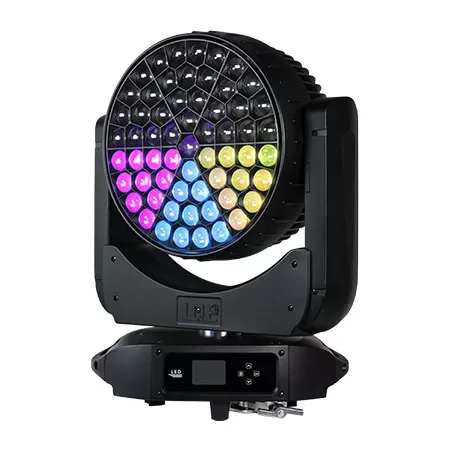

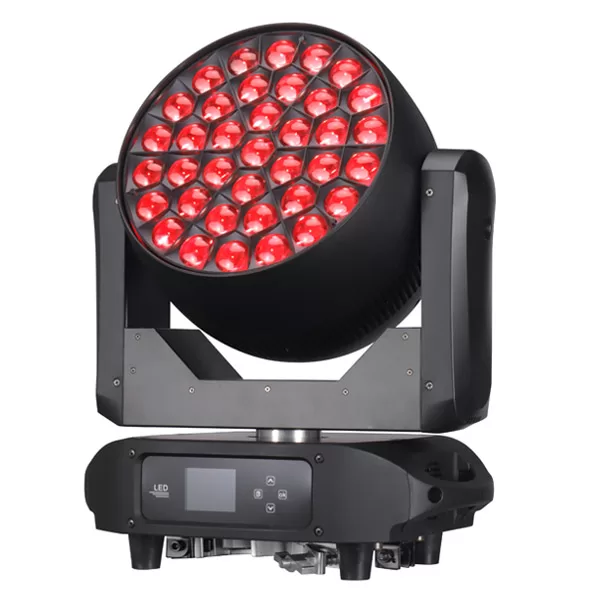
Want to learn more information?
[Reach out to us and receive professional guidance, a personalized quote, and the best solution for your needs.]

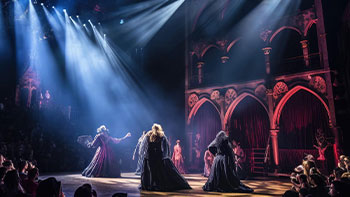
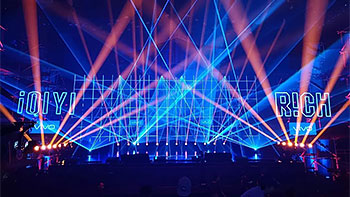

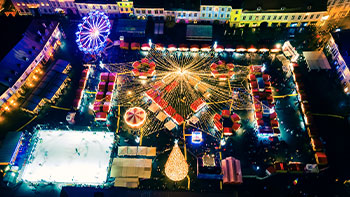









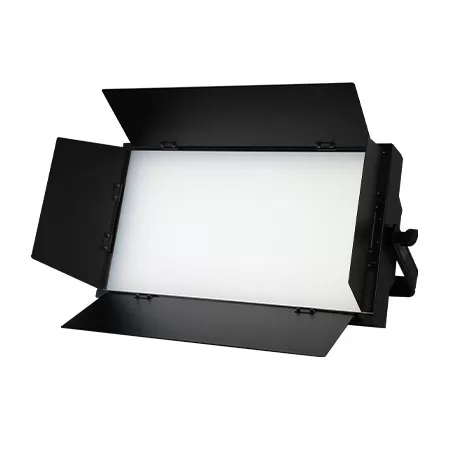
Linkedin
YouTube
Whatsapp: +8618924548390
TikTok